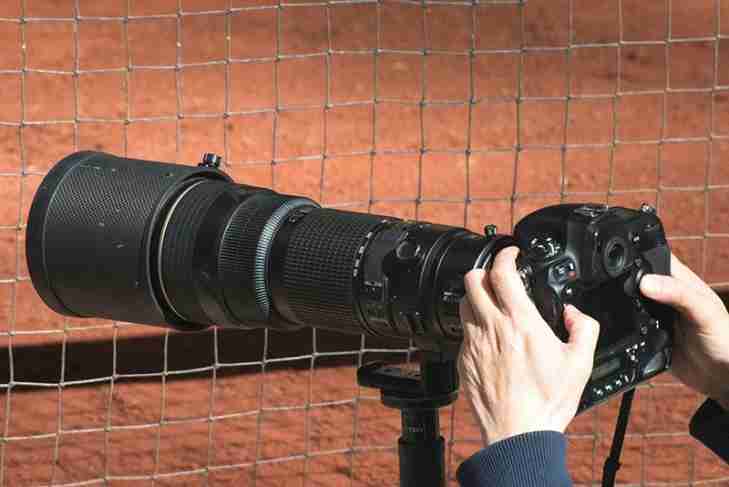Beginners Guide to Sports Photography
Nov 28, 2017
Published in
Guest Blogs
Shooting sporting images is much harder than your typical portrait session. It's a very specialized, fast paced and often difficult lit niche. Sports photography can be taking pictures of your high school team or sitting on the sidelines of a pro game. To make sure you get professional images oyu need equipment, composition, post-processing and knowing what to expect from the sport.
Equipment
Pro sports photography means top of the line gear that is extremely expensive, but you can still make do with semi-professional too and get descent results. Your secondary needs like speed lights and lights will depend on the type of sport you're capturing if at all, but this is the bare minimum:- A camera that has continuous focus. This means the camera can readjust and track the subject on its own fast. It's essential to catching the right moment because you don't have time to manual focus as they're moving. The continuous shutter option will also allow you to continue taking images as long as you're pressing the shutter so that you can capture before, during and after the action at any given time. The fps rate determines how fast the camera can do this and whether it can keep up for sports photography.
- A constant aperture Zoom lens. This isn't essential, but a varied focal length and a constant aperture is easier because it gives you more consistency with your images. This isn't as essential in daytime photography, but the zoom lens is a must because you're likely going to need many focal lengths and won't have time to be changing lenses back and forth. Sports photography means you need a lens that can stretch over a distance to capture action up close but still be able to capture up close as well. An 80-200mm or 70-300mm is an absolute minimum for sports photography.
Composition
Sometimes composition can be touch with sports photography. There's not a lot you can arrange or move, and the lighting is pretty set. This is the biggest point that makes a difference between amateurs and pros. The first thing you want to think about is where you're shooting from or where can you shoot from to be on the same level as the players and action. Shooting from above can also give dramatic sports photography but it's not the best and usually means you're limited by the location. The background is also important. If possible, you want to keep the background as plain as possible and free of distracting elements. There's only so much you can Photoshop or clone out. Sports photography (Photo editing company)is touch though because you can't simply ask someone to move and shoot again. Sky, fields, or just having enough of an open aperture to make the background blurred while the action is focused is perfect. Don't forget to watch your horizon lines so they don't slope unnaturally. Remember, you can also fix some mistakes later so focus on what's going on.Some suggested settings to work from:
- Daytime Sun – ISO 200, 1/2000th, f/4
- Daytime Overcast – ISO 400, 1/1600th, f/4
- Night Time Stadium – ISO 1600, 1/320th, f/2.8
- Inside no Speedlight – ISO 1600, I/400th, f/2.8
- Inside Speedlight – ISO 400, 1/250th, f/4


